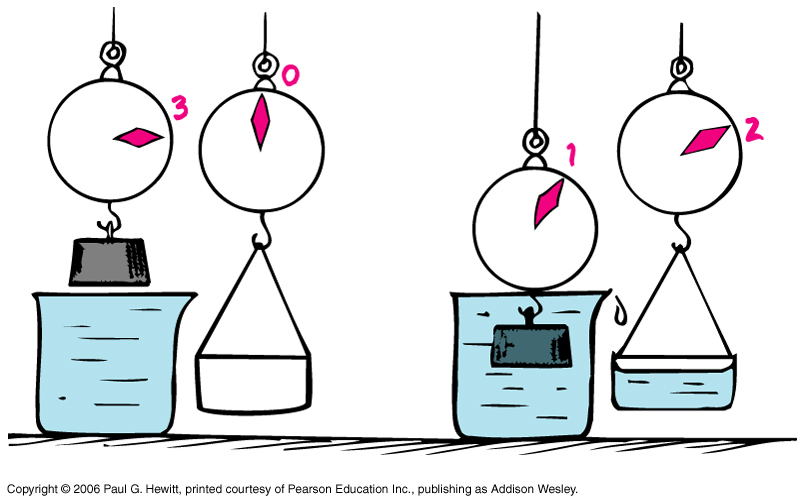A 3.40 kg aluminum ball has an apparent mass of 2.10 kg when submaged in a particular liquid. What is the density of the liquid?
1 Answer
Explanation:
As you know, when an object is submerged in a particular liquid, the difference between its mass and its apparent mass will represent the mass of the liquid displaced by the object.

You can think of mass in terms of density and volume. More specifically, you know that the following relationship exists between mass, volume, and density
#color(blue)("density" = "mass"/"volume")#
This means that the mass of the displaced liquid will be equal to
#rho_"liquid" = m_"liquid"/V_"liquid" implies m_"liquid" = rho_"liquid" * V_"liquid"#
But the volume of the displaced liquid will be equal to the volume of the ball,which in turn can be written as
#V_"ball" = m_"ball"/rho_"ball"#
Plug this into the above equation to get
#m_"liquid" = rho_"liquid" * m_"ball"/rho_"ball"#
We've already established that the mass of the displaced liquid is the difference between the mass and the apparent mass of the ball, which means that you have
#overbrace(m_"ball" - m_"apparent")^(color(red)(m_"liquid")) = m_"ball" * rho_"liquid"/rho_"ball"#
This means that the density of the liquid will be
#rho_"liquid" = rho_"ball" * (m_"ball" - m_"apparent")/m_"ball"#
Now all that you need is the density of aluminium, which is listed as
#rho_(Al) = "2712 kg/m"^3#
http://www.engineeringtoolbox.com/metal-alloys-densities-d_50.html
Plug in your values and find the density of the liquid
#rho_"liquid" = "2712 kg/m"^3 * ( (3.40 - 2.10) color(red)(cancel(color(black)("kg"))))/(3.40 color(red)(cancel(color(black)("kg"))))#
#rho_"liquid" = color(green)("1040 kg/m"^3)#
The answer is rounded to three sig figs.

